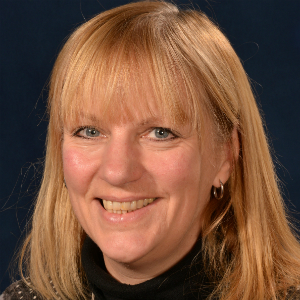 The six high impact areas articulate the contribution of health visitors to the 0-5 agenda and describe areas where health visitors have a significant impact on health and wellbeing and improving outcomes for children, families and communities. There is also a four-level service model which varies based on need from universal to targeted services. The blog below outlines three of these levels: community, universal and universal plus.
The six high impact areas articulate the contribution of health visitors to the 0-5 agenda and describe areas where health visitors have a significant impact on health and wellbeing and improving outcomes for children, families and communities. There is also a four-level service model which varies based on need from universal to targeted services. The blog below outlines three of these levels: community, universal and universal plus.
Whilst completing a course in nursery nursing, my interests leaned towards health rather than education. I was fascinated by child development and health related issues in children such as Autism and Cystic fibrosis. Our health tutor was previously a health visitor. She had a wealth of knowledge and life experiences which she shared and I was truly inspired by her. I eventually qualified as a health visitor when I was 40.
I have always been passionate about health visiting and feel privileged to be in the position to change and improve outcomes for children and families. Capturing the voice of the child has always been of paramount importance to me. Now with so much emphasis on infant mental health we will find new innovative ways to achieve this. Building therapeutic relationships with families is the key to those small changes that make huge differences in families. As a newly qualified health visitor, I worked in an area of Walsall with high pockets of deprivation and no local support services. Families were often wary to receive support from social services because of misconceptions about what the consequences may be. A pilot study called “ the child concern model” was introduced in Walsall to try to reduce inequalities for these families. This gave me the opportunity to develop and maintain good working relationships with other multidisciplinary team members.
My proudest moment as a health visitor was working with a dad who had a known history of drug-related crimes. Through “the child concern model”, we watched this dad turn his life around. The longest time he had spent out of prison from the age of 12 was 3 weeks. He reported at the first meeting that he wanted to be there for his daughter when she was born. Following the first meeting I completed a home visit to see both parents to be at home. The visit was invaluable as I was able to establish what having this baby meant to both parents particularly dad. I gained a deeper understanding of dad’s lack of trust in professionals through his experiences of being in and out of care as a child. More importantly it became apparent how much he wanted this baby but how fearful he was at the lack of knowledge he would have as a parent. Baby brain development was the key feature in helping the dad understand his role in his daughters life. After the birth of his daughter he enjoyed simple pleasures such as singing, playing and sharing books with his daughter. He attended all her health appointments and was most proud when she reached her developmental milestones. Through strong working relationships with key agencies, a robust action plan was put in place for this family. The outcome was that dad stayed out of prison and was able to enjoy his daughters early years. This family inspired me to bring this approach into my daily role.
Diane Crutchley, Practice teacher and Health Visitor, Walsall Health Care NHS Trust
